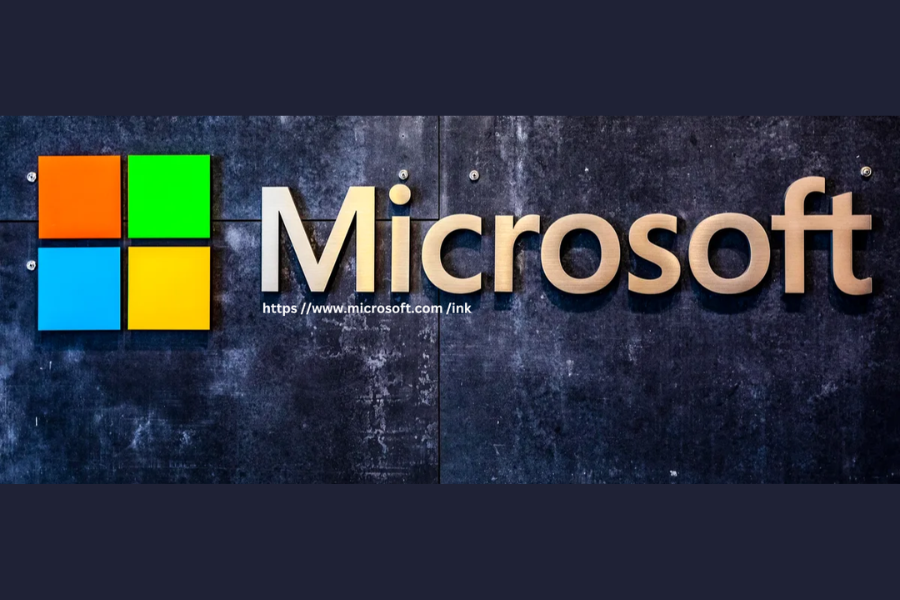Microsoft Ink, part of the Windows Ink Workspace, is a comprehensive digital tool for enhancing productivity and creativity through pen-enabled technology on Windows devices. With seamless integration across Microsoft’s suite of products, this feature allows users to draw, write, and interact directly on screen, providing a fluid experience that bridges traditional note-taking with digital innovation.
Understanding Microsoft Ink
Microsoft Ink, commonly known as Windows Ink, is an interactive platform within Windows OS that leverages the use of stylus technology. This tool transforms compatible devices into powerful canvases, enabling users to engage intuitively with their applications.
How Microsoft Ink Works
Microsoft Ink was designed to replicate the natural experience of using a pen on paper while adding digital functionality. Here’s how it optimizes digital interaction:
- Stylus Compatibility: Microsoft Ink works harmoniously with styluses, allowing fluid strokes for drawing, writing, or annotating directly on the device.
- Windows Ink Workspace: This central hub brings together tools like Sticky Notes, Sketchpad, and Screen Sketch, designed to enhance productivity with ease of access.
- Handwriting Recognition: Microsoft Ink translates handwritten notes into digital text, making it easier to store, edit, and search through notes across applications.
- Interactive and Sensitive Controls: Features like pressure sensitivity and palm rejection ensure a more precise and comfortable experience, especially useful for creative work.
Microsoft Ink vs. Other Digital Platforms
1. Microsoft Ink vs. Adobe Photoshop
- Purpose: Microsoft Ink is geared toward simple sketches and note-taking, whereas Adobe Photoshop provides robust tools for professional digital art and photography.
- Usability: Microsoft Ink offers an intuitive interface suitable for casual users, while Photoshop is more advanced, catering to professional creatives.
- Integration: Ink is deeply embedded within the Windows ecosystem, whereas Photoshop functions within Adobe’s Creative Cloud.
2. Microsoft Ink vs. Apple Pencil and Notes
- Compatibility: Microsoft Ink is optimized for Windows devices, while Apple Pencil works solely on iPad.
- Functionality: Apple Pencil’s precision and low-latency response cater well to detailed artistic work, while Microsoft Ink’s ease of use shines in general productivity and note-taking.
3. Microsoft Ink vs. Google Keep
- Purpose: While Google Keep allows simple drawings, Microsoft Ink provides better stylus sensitivity and tool variety.
- Platform: Google Keep’s cross-platform design suits users across multiple devices, while Microsoft Ink is strongest within the Windows environment.
Troubleshooting Common Microsoft Ink Issues
For a smooth experience, here are some common issues and quick fixes:
- Pen Not Writing Smoothly: Check compatibility and battery level, and recalibrate the pen through Settings > Devices > Pen & Windows Ink.
- Ink Not Showing in Apps: Ensure the app supports pen input and that Windows and drivers are updated.
- Poor Line Precision: Adjust pen settings in Settings > Devices > Pen & Windows Ink, and try using the pen on a clean or alternative part of the screen.
Key Features of Microsoft Ink
- Pen Support: Write, draw, and annotate with ease on supported devices, replicating the feel of traditional paper.
- Windows Ink Workspace: This user-friendly hub offers quick access to pen-powered applications.
- Sticky Notes: Capture ideas on digital sticky notes with added Cortana integration for reminders.
- Sketchpad: A versatile drawing tool with options for structured sketches and creative expression.
- Screen Sketch: Take screenshots and directly annotate for collaborative feedback or creative projects.
Microsoft Ink User Experience
Microsoft Ink brings an intuitive writing experience to Microsoft Surface and other compatible devices. Users frequently highlight the pen’s long battery life, the smooth writing feel on glass surfaces, and the effortless integration with Microsoft’s software ecosystem, which collectively enhance productivity and creative work.
Conclusion
Microsoft Ink elevates digital interactivity, merging traditional writing comfort with the digital convenience of Windows devices. Designed for both productivity and creativity, it allows users to capture ideas, take notes, and draw seamlessly within Windows applications. Microsoft Ink is ideal for those embedded in the Windows ecosystem, making it a versatile tool for both casual and professional users.
Explore In-Depth Features and Insights at VentsMagazine


